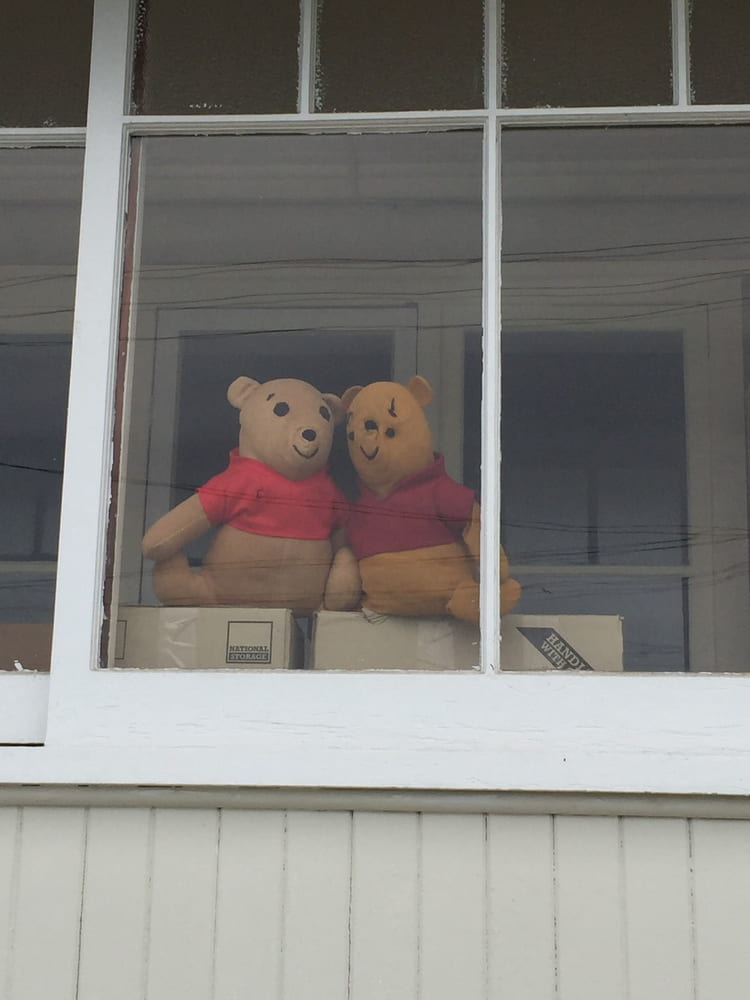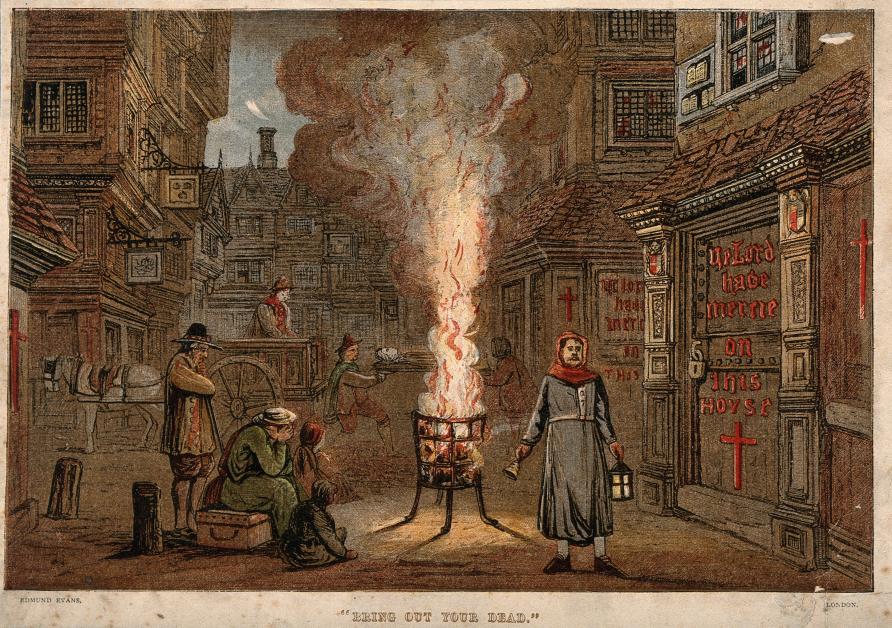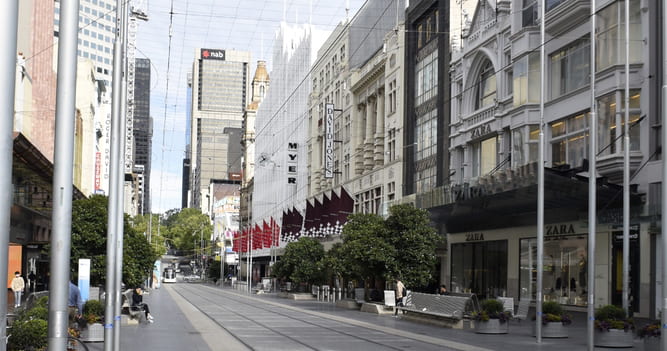
Journal of the Plague Year: An Online Archive of COVID-19 Times
Universities around the world are collaborating to crowd-source coronavirus accounts creating an archive of COVID-19 for future historians. Last month, we announced the launch of Journal of the Plague Year, an online archive of the experiences during the era of COVID-19, started by Arizona State University Associate Professors Catherine O’Donnell and Mark Tebeau. An Australian node of the project is being spearheaded by SHAPS’s Melbourne History Workshop, led by Professor Andrew May. Claudia Hooper explores more about the archive in this article, republished from the University’s Pursuit.
Whole cities and countries in lock down, an economic crash comparable with the Great Depression, and a health crisis the likes of which the rich world hasn’t experienced for a hundred years.
The COVID-19 outbreak is a momentous time in history and ordinary people around the world are recording their experiences and feelings, whether online or in diaries, whether in text, audio recordings, stills or video.
But when future generations seek to make sense of what is happening now where will they go?

Anticipating the needs of the future, historians around the world have joined together to create a live digital archive of peoples’ experiences during the COVID-19 pandemic. Led by researchers from Arizona State University, A Journal of the Plague Year: An Archive of COVID-19 is an online archive that anyone can submit content to.
“We’re always living in history, but usually we have the luxury of not being aware of it,” says Arizona State Associate Professor Catherine O’Donnell who along with colleague Associate Professor Mark Tebeau, came up with the idea for a COVID-19 archive.
“It occurred to me that we were preservers of the things future historians would very much want to know about,” she says.
Accounts of past pandemics have become important works of literature – like Samuel Pepys’ diaries that provide a first-hand account of the 1665 outbreak of bubonic plague in London.
A Journal of the Plague Year, Daniel Defoe’s 1722 novel of the 1665 outbreak, which may have been based on his own uncle’s diaries, inspired the name of the project.
Accounts like these are rich in fascinating historical detail but they are limited in the voices they present.

“That’s what I always lament about not having in the eighteenth-century archive – that black box-like record of how different people responded,” says Associate Professor O’Donnell. “So we are giving people access to that dimension of human reaction that is usually lost to historians.”
The archive is open to submissions from people around the world to encourage the development of a diverse and creative collection of accounts.
The site prompts people to share something about the artefact that they are uploading – an image, document, audio recording or video – and what it means to them.
The site’s technical architecture and approach to crowdsourcing builds upon previous efforts to document times of crisis, including the September 11 Digital Archive and the Hurricane Katrina Digital Memory Bank.

“We’re interested in the obvious experiences of social distancing, shortages, closure of venues and so on, but also the personal and emotional impact of isolation, working from home, job loss, dealing with kids, and looking after the vulnerable,” says history professor Andrew May from the University of Melbourne – the first Australian university to join the project.
Professor May, who directs the Melbourne History Workshop in the School of Historical and Philosophical Studies, says the project represents an opportunity for community history or ‘citizen heritage’.
“We are able to send a message to the future about the impact of this momentous event at a local as well as collective level,” he says.
One of the ongoing dilemmas for the archivists is how to involve the voices of those who might not be as digitally savvy – like older generations – or those who are less tuned into events.
“This is where oral history can be particularly important,” says Associate Professor Tebeau. “It allows us to capture information direct from people.”
The project is actively looking for ways to capture voices that are historically underrepresented such as those from remote indigenous and lower socio-economic communities.
“We don’t want just official documents — those will be saved in many places — we also want the most basic human stories, because it’s these stories that reveal the depth of the impact the meanings of the pandemic,” says Associate Professor Tebeau.
“By emphasising this human process, we transform archives into living and breathing spaces.”
For example, Associate Professor Tebeau has contributed a photo of his daughter’s college room when she had to vacate it mid-semester.
For him this simple image is tinged with sadness and mixed up with feelings about what dropping children off at college is usually meant to mean.

Associate Professor Tebeau sees the archive as a place for storytelling that reveals how people are thinking and feeling during the crisis and not simply accounts of what is happening.
A trend the researchers have noted is people feeling compelled to share the ‘meme’ or echoing everyone else’s contributions on social media. This is what happened with the photos of empty shelves of toilet paper – an image that has become synonymous with the Anglosphere’s experience of COVID-19.
“We want to go deeper than the meme,” says Associate Professor Tebeau. “We want something that’s authentic to the individuals and not just something that people feel they are supposed to be sharing.”
The archives aren’t simply intended to be closed-off and accessed at a later date. They’re already providing students with experience in curatorship – something that’s very important at a time when so many collections aren’t accessible.

The nature of an archive constructed from participants who knowingly make contributions provides another interesting dimension for history students.
“History students often view archives uncritically, as if these collections had no provenance or as if these collections have no impact on the history that we write and produce. Nothing could be further from the truth. This work exposes that provenance.
“It makes the archives human — a social construction developed by communities and storytellers,” says Associate Professor Tebeau.
A crucial part of the archives is preserving the very human stories that come out of experiencing, documenting and creating history.
Taking part can also help connect people during a time when so many of our ordinary connections are disrupted.
A Journal of the Plague Year: An Archive of COVID-19 is licensed under Creative Commons 4.0. You can contribute to it here.
Feature image: Images of empty streets are commonly shared on the archive. Empty Eagle Street during the COVID-19 pandemic in Brisbane, Australia, 2020. Photographer Kgbo via Wikimedia Commons